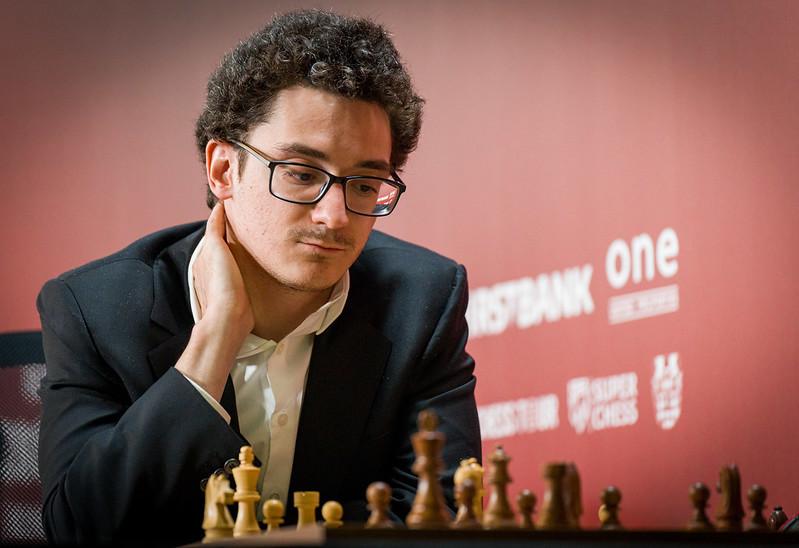
Caruana Strikes: 2022 Superbet Chess Classic Romania, Day 5
Another brutal round in Bucharest has concluded with a similar pattern as the first three rounds: one victory and four draws. This time, it was GM Fabiano Caruana who beat the luckless winner of last year's event GM Shakhriyar Mamedyarov. There were plenty of opportunities for individual triumphs in some of the other games, but eventually, they all ended peacefully.
After five rounds, GM Wesley So remains in sole possession of the lead, trailed by GMs Bogdan-Daniel Deac, Maxime Vachier-Lagrave, and Levon Aronian, all half a point behind.
Tuesday is a day off from the action. Round six will begin on Wednesday, May 11, at 5 a.m. PT / 14:00 Central Europe.
How to watch?
You can follow the 2022 Grand Chess Tour with Chess.com commentary on Chess.com/TV or on our Twitch channel. You can also catch all our live broadcasts on YouTube.com/ChesscomLive.
Follow the 2022 Superbet Chess Classic Romania games live on our dedicated page on Chess.com/events.
On Sunday, GM Ian Nepomniachtchi suffered one of those defeats that are caused by sloppy or careless play, while on the defensive in his game against So. As we saw in the world championship match last year, such losses seem to affect Nepomniachtchi for several days and frankly, as the game progressed, it seemed like we would have a repeat performance in his game against Vachier-Lagrave.
The Frenchman invited White to enter a Najdorf Sicilian, but with his 5.Bb5+, Nepomniachtchi chose to skip a theoretical discussion with the high-priest of the Najdorf religion and instead transpose to a line in the so-called Moscow Attack, which typically arises after 3.Bb5+.

The line that arose on the board resembles a line from the Maroczy Bind in the Accelerated Dragon, but where the light-squared bishops have been exchanged. White tends to have a bit more space and a slight initiative, but with precise play, Black seems able to equalize without too many problems.
It turned out that the Frenchman knew exactly what he was doing and he equalized completely without trouble. But then Nepomniachtchi did that Nepomniacthchi-thing that I mentioned above: He played fast, he played inaccurately, and he got himself in trouble.
In fact, if Vachier-Lagrave had found the best continuation on move 27, it would be reasonable to think that he could have won the game, and this from a position that was more or less completely equal just a few moves earlier. That should not happen at this level when you have about an hour left on the clock.
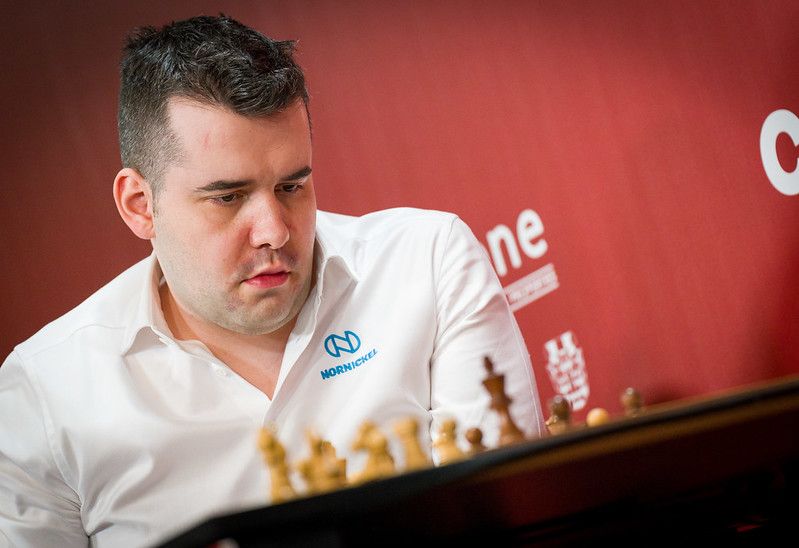
However, when Vachier-Lagrave did not find the best continuation, the Russian player got himself unhooked and managed to swim toward the safety of the draw harbor.
What is White's 14th most played move after 1.e4 e5? If you have already heard about it from the newsboys carrying sandwich boards on Twitter and similar places, then try to see if you can guess it for yourself...
The reason for asking this question is, of course, I should certainly add, that GM Richard Rapport had once again taken a jump headfirst from the high-dive into the pool of peculiar openings that he evidently loves to explore when he is not out and about beating the best chess players in the world.
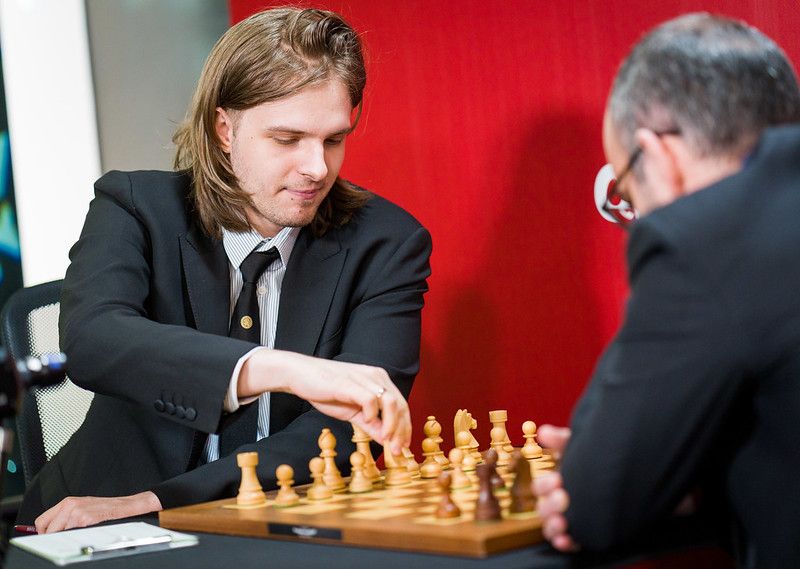
That being said, if you feel like playing 2.Ne2!?, then why not against GM Leinier Dominguez. The American grandmaster is always exceptionally well-prepared in the main lines and even those lines in the periphery of the main lines. But once you start disco dancing outside that Latin American dance floor that Dominguez masters, he can be prone to some serious thinking and get himself into time trouble.
The move, in itself, which is named after the Pole Semyon Alapin, is, of course, not completely ridiculous and has, in fact, been played by a few strong players, chiefly among these, GMs Jorden van Foreest, Vasyl Ivanchuk, and Vadim Moiseenko.
Dominguez has been playing a lot of Petroffs lately and this can explain his choice of reply, which resembles a line in the Petroff (3.d4 exd4 4.e5 Ne4), where White has put his knight on e2 instead of f3.
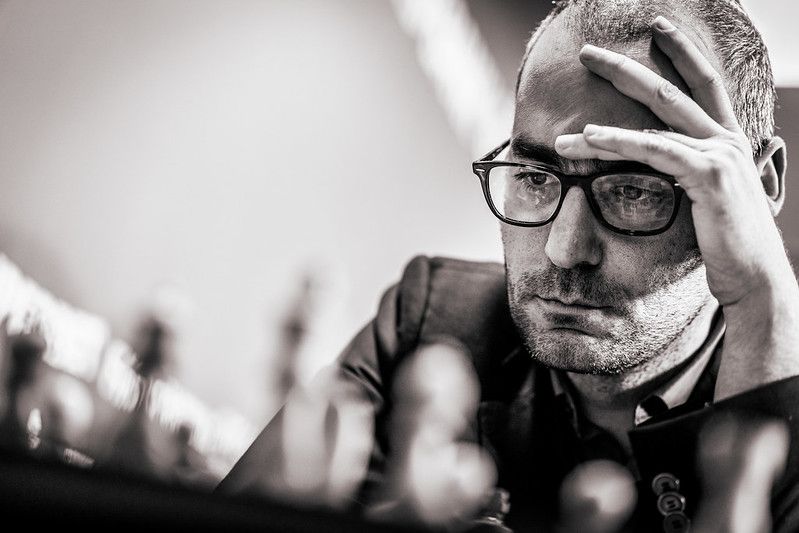
While the opening was interesting, the rest of the game soon became relatively boring, even if the players tried for a while to make hay of barren ground. The players agreed upon a draw after 51 moves after the position had been roughly equal for about 40 moves.
Tournament leader So had the black pieces against fellow American Aronian, who was only half a point behind at the start of the round. With a victory for Aronian, he would replace So at the top of the leaderboard.
His tool to make this happen was the English Opening, against which So chose a line in the Symmetrical English where he would accept an isolated pawn in return for the bishop pair. Which side is better? White certainly has some pressure but with reasonably precise play, Black should be able to neutralize it. However, White needs to play rather carelessly to get themselves in actual trouble. So, therefore, I tend to prefer White by a hair.
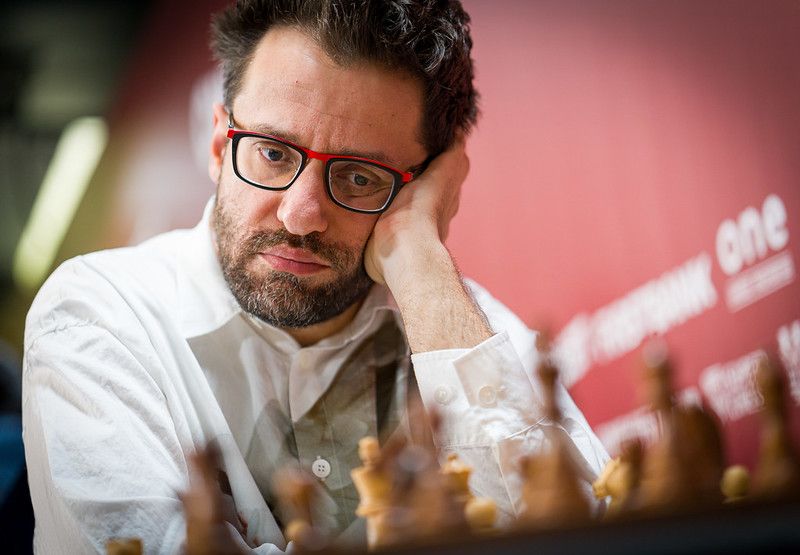
In today's game, Aronian tried to apply pressure but Black never seemed to be in trouble or even that he had to worry about being in trouble. Thus, when the players agreed on a draw on move 39, each with only king and bishop left, it seemed like the natural consequence of today's events on the board.
Caruana has thus far not had the kind of tournament he had hoped for, especially after his loss in round four, where he had a promising position but miscalculated and threw it away. That, however, is still better than last year's winner of this event, Mamedyarov, for whom nothing has worked in this event.
Needing to win and having the white pieces sent Caruana back in the arms of his preferred first move 1.e4. Mamedyarov, similarly, went for 1...e5, but rather than exploring the Open Variation of the Ruy Lopez, they entered a relatively rare line of the Petroff.
Mamedyarov seemed to be on the path to equalizing when he suddenly decided to play 21...Na6?, sending the knight in the wrong direction of where it was needed. This immediately allowed Caruana a strong initiative on the kingside.
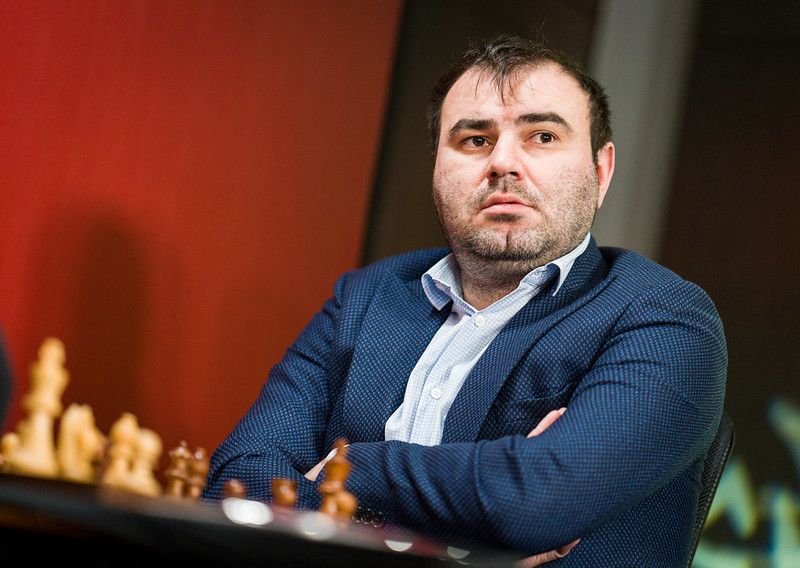
Although the computer engines don't agree with all of Caruana's decisions in the continuation, it was always White who was better and Black who was struggling to find safety for his king which was chased from the kingside to the queenside. Mamedyarov made the decisive mistake on the 49th move which allowed Caruana to collect his first win of the tournament and return to 50 percent.
Another person needing a win was GM Alireza Firouzja who today faced the Romanian number one and the surprise of the tournament, Deac, who had a share of second place ahead of round five.
Against Deac's 1.d4, Firouzja decided to try out the combative King's Indian Defense, hoping that the complexities of this opening would allow him the kind of fertile soil he needed to grow the chances he needed to win his first game of the event.
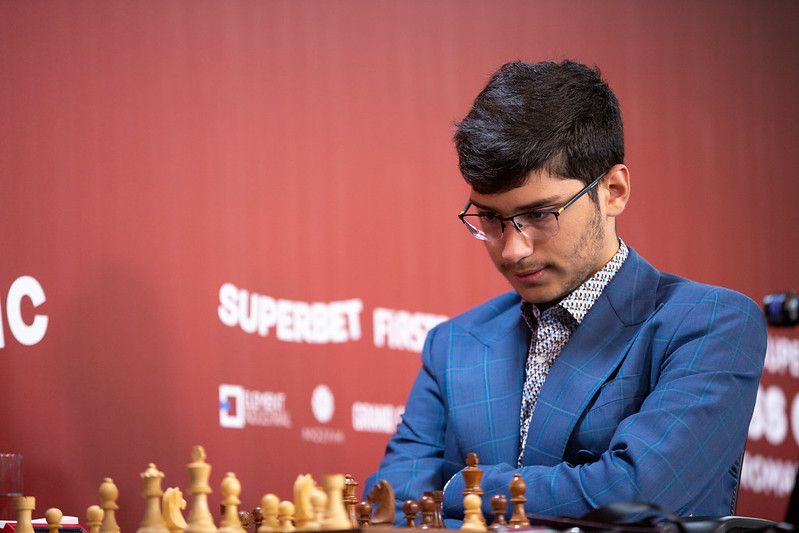
However, it was Deac who came off to a good start by playing 5.Be2 followed by 6.h4, a tricky line that the computer engines enthusiastically endorse, and sure enough, the play had barely reached move 10 before the engines proudly announced that White was much better. However, Firouzja is plenty resourceful and does not throw in the white towel at the first hint of trouble—rather, he started to complicate the position.
After some less than optimal decisions by Deac shortly after move 20, it was suddenly Deac who had to fight to stay alive. He sacrificed a piece to stay in the game, and despite only getting a pawn and some play on the dark squares in return, he miraculously was able to carry on.
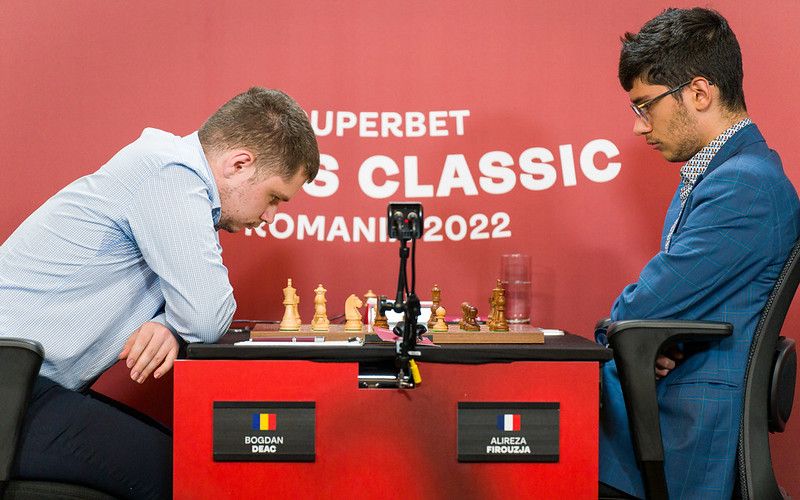
Despite having a decisive advantage, Firouzja could not find a path to putting Deac away, and after the time control, it was once more the Romanian player who had the better position. But in the end, all the pieces came off the board and the players found a way to repeat moves.
Round 5 Standings
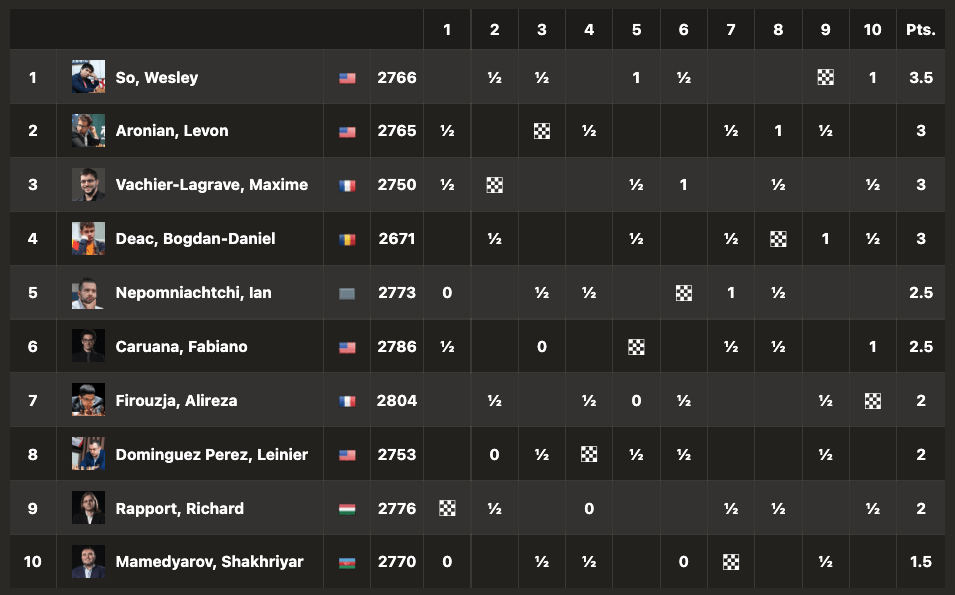
All Games Round 5
Previous coverage:
- Wesley So Wins Again, Takes Lead: 2022 Superbet Chess Classic Romania, Day 4
- Deac Beats Rapport, Joins Lead: 2022 Superbet Chess Classic Romania, Day 3
- Nepomniachtchi Beats Firouzja: 2022 Superbet Chess Classic Romania, Day 2
- Wesley So Wins And Leads: 2022 Superbet Chess Classic Romania, Day 1
- 2022 Grand Chess Tour: All The Information


